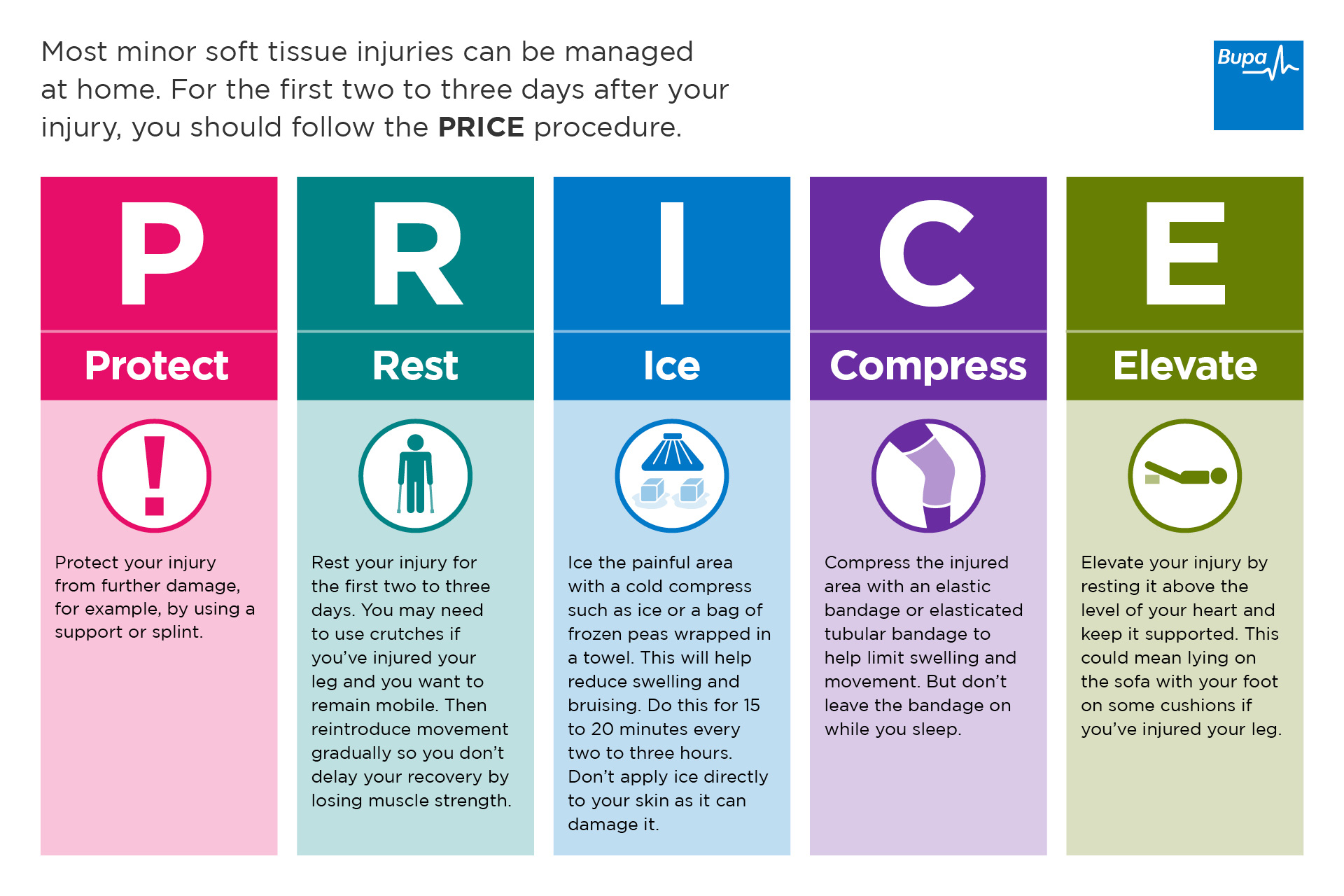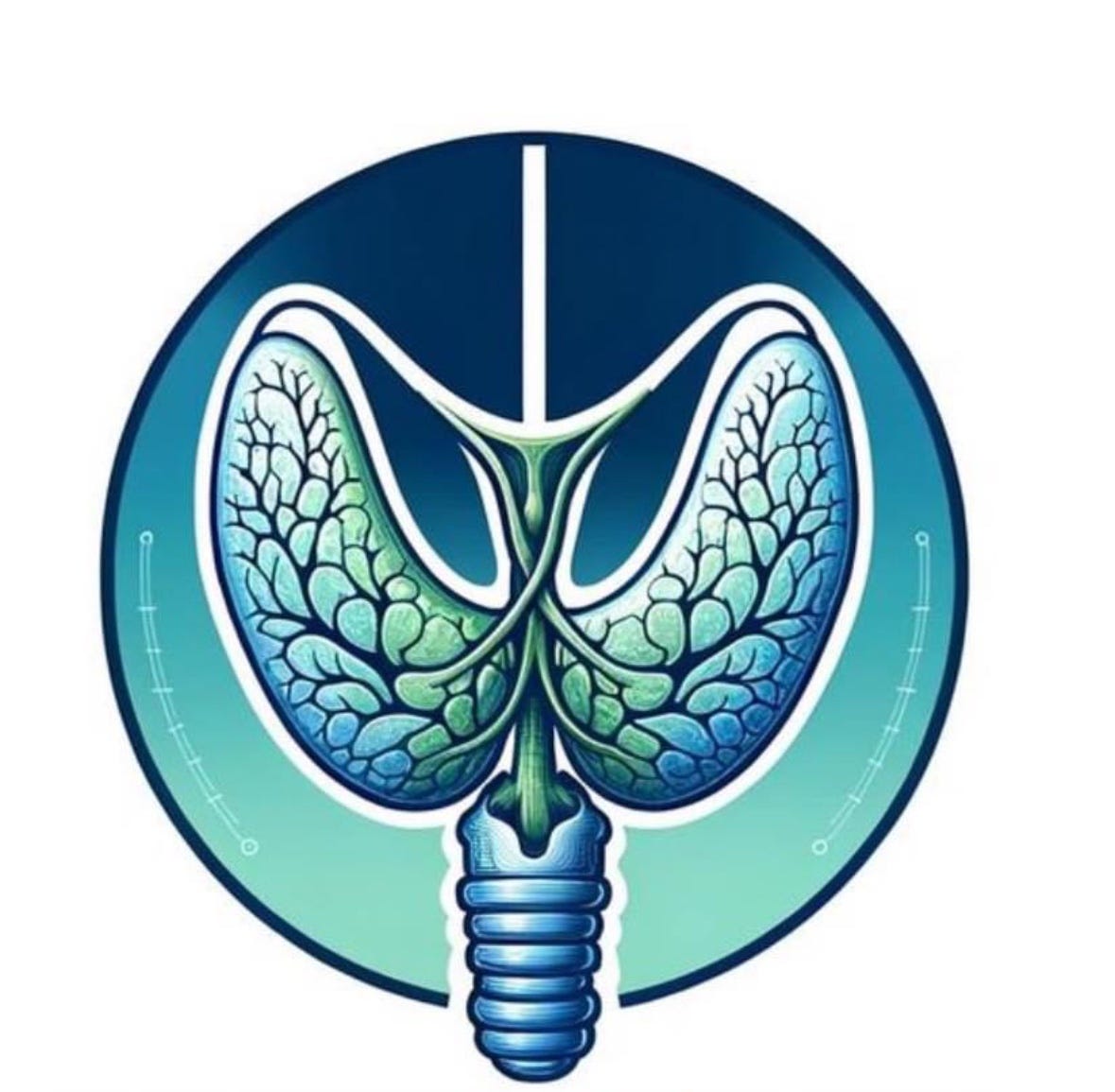Overcoming Overshown Injuries for a Seamless Recovery
Editor's Note: An in-depth guide to understanding and managing overshown injuries for optimal recovery was published today, highlighting essential information for individuals seeking a complete and effective rehabilitation journey.
Through extensive research and analysis, we have meticulously crafted this comprehensive guide to assist individuals in navigating the complexities of overshown injuries and achieving optimal recovery outcomes. Our goal is to empower you with the knowledge and strategies necessary to make informed decisions throughout your rehabilitation process.
This guide provides:
| Key Differences | Key Takeaways |
|---|---|
| Identifying the signs and symptoms of overshown injuries | Recognizing the importance of prompt medical attention |
| Understanding the various treatment options available | Emphasizing the role of rest, rehabilitation, and pain management |
| Highlighting the benefits of a comprehensive approach to recovery | Encouraging a holistic approach that addresses both physical and psychological aspects |
Dive into our main article topics to delve deeper into the intricacies of overshown injury management and gain invaluable insights to facilitate your recovery:
FAQ
This section provides answers to frequently asked questions about understanding and managing overshown injuries for optimal recovery.

Akut skadesbehandling: Sådan behandler du akutte sportsskader - Source www.motionsplan.dk
Question 1: What are the common causes of overshown injuries?
Overshown injuries typically occur due to excessive or repetitive use of a muscle or joint, leading to strain or overexertion. It can result from activities like lifting heavy objects, performing intense exercise, or engaging in repetitive motions for extended periods.
Question 2: How can I prevent overshown injuries?
Prevention measures include warming up adequately before engaging in physical activity, maintaining proper form during exercise, using appropriate gear and equipment, and allowing sufficient rest and recovery time. Additionally, seeking professional guidance from a qualified healthcare practitioner or fitness expert can help develop tailored strategies for injury prevention.
Question 3: What are the signs and symptoms of overshown injuries?
Common signs of overshown injuries include pain, swelling, stiffness, tenderness, and decreased range of motion. Pain may worsen with use or movement, and it's important to note that ignoring or pushing through pain can aggravate the injury.
Question 4: How are overshown injuries diagnosed?
Diagnosis typically involves a physical examination, taking into account the patient's medical history and evaluating symptoms. Imaging tests, such as X-rays or MRIs, may be recommended to rule out other conditions or determine the severity of the injury.
Question 5: What are the treatment options for overshown injuries?
Treatment approaches vary depending on the nature and severity of the injury. Common options include rest, ice, compression, elevation (RICE), physical therapy, medications to manage pain and inflammation, and in some cases, surgery may be necessary.
Question 6: How long does recovery from overshown injuries take?
Recovery time varies significantly based on factors such as the severity of the injury, individual healing capacity, and adherence to treatment recommendations. Minor overshown injuries may resolve within a few days to weeks, while more severe injuries can take several months or longer to heal completely.
Understanding the causes, symptoms, and treatment options for overshown injuries is crucial for optimal recovery. By following these guidelines, individuals can mitigate the risk of developing such injuries and effectively manage them when they do occur. Understanding And Managing Overshown Injuries For Optimal Recovery
For more in-depth and comprehensive information, refer to "Understanding And Managing Overshown Injuries For Optimal Recovery."
Tips
Managing overexertion injuries requires a multi-faceted approach. Here are some key tips for optimal recovery:
Tip 1: Rest and Immobilization
Rest is crucial for reducing inflammation and pain. Avoid activities that aggravate the injury. Immobilize the affected area using a splint or brace to promote healing.
Tip 2: Ice and Heat
Applying ice to the injured area within the first 24-48 hours helps reduce swelling. After this initial period, heat therapy can enhance blood flow and promote tissue repair.
Tip 3: Compression
Wearing a compression bandage can minimize swelling and provide support to the injured area. It helps improve blood circulation and reduce pain.
Tip 4: Elevation
Elevate the injured limb to reduce swelling and improve blood flow. Keep the affected area above the level of the heart, especially when at rest.
Tip 5: Medications
Over-the-counter pain relievers like ibuprofen or acetaminophen can help reduce pain and inflammation. Use medications as directed and consult a doctor if necessary.
Tip 6: Physical Therapy
Physical therapy plays a vital role in restoring range of motion, strength, and flexibility. A physical therapist can guide you through exercises designed to promote healing and prevent future injuries.
Tip 7: Gradual Return to Activities
Once the injury is healed, gradually resume activities. Start with light exercises and gradually increase the intensity and duration as tolerated. This allows the injured area to adapt and prevents reinjury.
Tip 8: Nutrition and Hydration
Proper nutrition and hydration support the healing process. Consume a balanced diet rich in vitamins, minerals, and protein. Stay hydrated to enhance blood flow and nutrient delivery to the injured area.
Following these tips can significantly improve overexertion injury recovery. Seek professional medical advice if the pain or swelling persists or worsens.
Understanding And Managing Overshown Injuries For Optimal Recovery
Overshown injuries, where the wound extends beyond the surgical site, require meticulous management for optimal recovery. Understanding the key aspects of overshowns is crucial for effective wound care and prevention of complications.
- Prompt Assessment: Early recognition and assessment are key to mitigating overshowns. Regular monitoring of surgical wounds allows timely identification of overshown developments.
- Debridement: Surgical removal of devitalized tissue, necrotic bone, and foreign bodies promotes wound healing and prevents infection.
- Infection Control: Antibiotic therapy and wound cleansing aim to prevent and control infection, a significant risk factor in overshown management.
- Wound Coverage: Appropriate wound dressings, including negative pressure wound therapy, aid in wound closure, reducing scarring and promoting tissue regeneration.
- Compression: Graduated compression bandages help reduce edema and improve circulation, facilitating wound healing.
- Pain Management: Adequate pain management is essential for patient comfort, promoting mobility and rehabilitation.
These key aspects are interconnected and form a holistic approach to overshown management. Prompt assessment enables early intervention, while debridement and infection control minimize complications. Wound coverage and compression promote healing, and pain management enhances patient comfort and mobility. Understanding and managing overshowns effectively requires a multidisciplinary approach, involving healthcare professionals, patients, and caregivers, ensuring optimal recovery and minimizing adverse outcomes.
/cdn.vox-cdn.com/uploads/chorus_image/image/72562971/usa_today_21111201.0.jpg)
Cowboys 2023: Injuries to DeMarvion Overshown, John Stephens impact - Source www.bloggingtheboys.com

The Best Post-Workout Protein Options for Optimal Recovery – supps247 - Source supps247.com.au
Understanding And Managing Overshown Injuries For Optimal Recovery
Overshown injuries, characterized by excessive bone growth, can significantly impact mobility and quality of life. Understanding the causes and effective management strategies is crucial for optimal recovery. Overshown injuries often result from excessive stress or trauma to the affected bone, leading to abnormal bone formation. Proper diagnosis, involving imaging studies and physical examination, is essential for determining the extent of the injury. Early intervention is key to preventing further complications and promoting healing.

Navigating Hypothyroidism: Understanding, Managing, and Thriving | by - Source medium.com
Management of overshown injuries involves a multidisciplinary approach. Conservative treatment options, such as rest, immobilization, and pain management, can be effective in mild cases. However, surgical intervention may be necessary in more severe cases to remove the excess bone growth and restore proper alignment. Post-operative rehabilitation is vital to regain range of motion, strength, and function. Physical therapy, occupational therapy, and assistive devices can aid in the recovery process, promoting optimal outcomes.
Understanding the connection between understanding and managing overshown injuries for optimal recovery is crucial for healthcare professionals and individuals with such injuries. Prompt diagnosis, appropriate treatment, and comprehensive rehabilitation can significantly improve outcomes, ensuring a return to normal function and minimizing the impact on quality of life.
Table: Key Points for Managing Overshown Injuries
| Aspect | Key Points |
|---|---|
| Diagnosis | Imaging studies and physical examination to determine the extent of injury |
| Treatment | Conservative measures (rest, immobilization, pain management) for mild cases; surgical intervention for severe cases |
| Rehabilitation | Physical therapy, occupational therapy, and assistive devices to regain range of motion, strength, and function |
Conclusion
Understanding and managing overshown injuries are crucial for optimal recovery. Prompt intervention and appropriate treatment strategies can minimize complications and promote healing. A multidisciplinary approach involving healthcare professionals, patients, and rehabilitation specialists is essential for achieving the best possible outcomes.
Ongoing research and advancements in surgical techniques and rehabilitation protocols hold promise for further improvement in the management of overshown injuries. By staying informed about these developments, healthcare professionals and individuals with such injuries can make informed decisions, leading to better recovery and enhanced quality of life.
